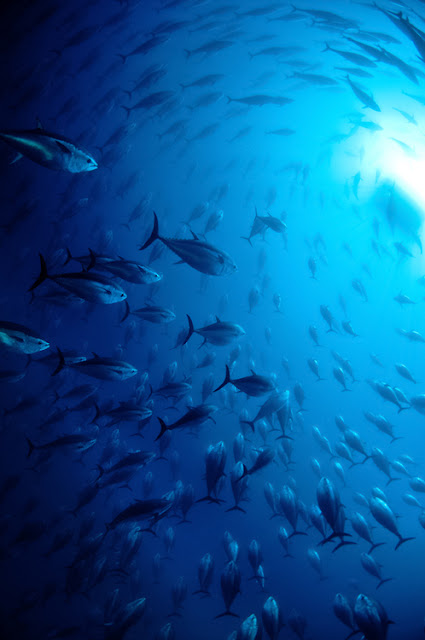Description
| Kingdom | Animalia |
| Phylum | Chordata |
| Class | Actinopterygii |
| Order | Lophiiformes |
| Family | Brachionichthyidae |
| Genus | Brachionichthys (1) |
The spotted handfish (Brachionichthys hirsutus) is one of the world's most endangered marine fish. This extremely distinctive fish is almost pear-shaped (2) and unusually, has hand-like 'paired fins' that enable it to 'walk' along the seafloor (3); both the pectoral and ventral fins are used in this locomotion (4). When swimming through the water, the unpaired or 'median' fins (such as the tail and anal fin) are used (4). These fish are cream in colour with a myriad of dusky brown, and occasionally yellow-brown spots (4), the pattern of which is unique to each individual (3). Some individuals also have orange markings on their fins. Handfish have a small lure just above their mouth, the function of which is unknown but does not appear to be used to entice prey (4).
- Size
- Length: 10 - 15 cm (2)
- Biology
- Spotted handfish spawn during September and October (3), the male enticing the female by his courtship display (5). Compared to many other fish, the female produces a relatively small number of eggs; around 80 to 250 eggs are spawned and these are often positioned around the base of a sea squirt (a jelly-like invertebrate)(3). The female guards the eggs for seven to eight weeks until the fully-formed juveniles hatch. These tiny young measure a mere six to seven millimetres and when they emerge, move straight to the bottom of the seabed, instead of dispersing (3).Spotted handfish feed by sucking in prey items (5), including shrimps, small fish and small crustaceans such asamphipods (3).
Range
Endemic to the lower Derwent River estuary in Tasmania, the spotted handfish was a relatively common species until the 1980s. The species has declined massively, however; only three breeding colonies were known to exist in 1998 (3).Habitat
The bottom-dwelling spotted handfish is found on coarse to fine sand and silt, in coastal waters from depths of 2 to 30 metres (3).Status
The spotted handfish is classified as Critically Endangered (CR) on the IUCN Red List (1).Threats
The spotted handfish was common in the lower Derwent River estuary until the mid 1980s, when the species underwent a catastrophic decline (2). Although unproven, it is thought that the introduction of the northern Pacific seastar (Asterias amurensis) to Tasmania at this time may be the key to the decimation of the handfish population (3). These seastars are voracious predators of shellfish and it is thought that they may also eat the eggs of handfish or the sea squirts upon which the eggs are attached (2). The deterioration of coastal habitats due to development may also be involved in the decline (3). This species is under added threat from its vastly reduced population, limited dispersal, restricted distribution and low reproductive rate (3).Conservation
Just two spotted handfish were reported between 1990 and 1994; this dire state of the population led to the formation of the Spotted Handfish Recovery Team in 1996 (3). The Recovery Team consists of a number of government agencies concerned with saving this rare, and bizarre, fish. Research into existing wild populations and the development of captive breeding techniques are some of the priorities of the recovery plan (3). Initial work has been encouraging, with successful breeding attempts from two adult pairs of spotted handfish at the Tasmanian Department of Primary Industry and Fisheries Aquaculture (2). A captive population may be used in a future re-introduction programme to restore these fish to some of their previous range (6).None of this is my information. All credit goes to Arkive.org for its remarkable filing of species, for the information shown here as well as the photos included within this post.A special and most wonderful thank you to them!













